Camille (1937) and Gaslight (1944)
By Toronto Film Society on May 29, 2020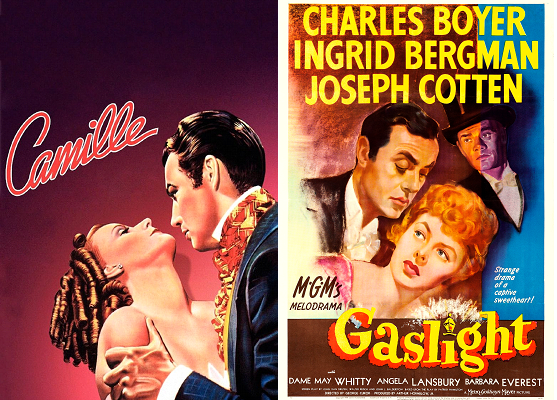
Toronto Film Society presented Camille (1937) on Sunday, December 9, 1984 in a double bill with Gaslight (1944) as part of the Season 37 Sunday Afternoon Film Buffs Series “B”, Programme 5.
Camille (1937)
Production Company: M-G-M. Producer: Irving Thalberg. Associate: David Lewis. Director: George Cukor. Script: Zoe Atkins, Francis Marion, James Hilton, from the play by Alexandre Dumas fils. Photography: William Daniels, Karl Freund. Editor: Margaret Booth. Art Directors: Cedric Gibbons, Fredric Hope. Set Decoration: Edwin B. Willis. Costumes: Adrian. Music: Herbert Sothart. Choreography: Val Raset.
Cast: Greta Garbo (Marguerite Gauthier), Robert Taylor (Armand Duval), Lionel Barrymore (General Duval), Henry Daniell (Baron de Varville), Elizabeth Allan (Nichette), Lenore Ulric (Olympe), Laura Hope Crews (Prudence), Jessie Ralph (Nanine), Rex O’Malley (Gaston), Russell Hardie (Gustave), E.E. Clive (St. Gadeau), and many others.
Gaslight (1944)
Production Company: M-G-M. Producer: Arthur Hornblow Jr. Director: George Cukor. Script: John Van Druten, Walter Reisch, John H. Balderson, form the play by Patrick Hamilton. Photography: Joseph Ruttenberg. Editor: Ralph Winters. Art Directors: Cedric Gibbons, William Ferrari. Set Decorators: Edwin Willis, Paul Huldchinsky. Special Effects: Warren Newcombe. Music: Bronislau Caper. Sound: Douglas Shearer.
Cast: Ingrid Bergman (Paula Alquist), Charles Boyer (Gregory Anton), Joseph Cotten (Brian Cameron), Dame May Whitty (Miss Thwaites), Barbara Everest (Elizabeth Tompkins), Angela Lansbury (Nancy Oliver), Eustace Wyatt (Budge), Emil Rameau (Maestro Guardi), Halliwell Hobes (Mr. Muffin), Heather Thatcher (Lady Dalroy), Lawrence Grossmith (Lord Dalroy), and many others.
What the credits above reveal is the vast resources which a studio like M.G.M. had at its disposal. When these were fully utilized in a big budget film by a director like George Cukor, who had taste and intelligence, films of a very high quality resulted.
Cukor, “the classicist of MGM”, was himself one of MGM’s important resources, for he consistently turned out high quality work. Some critics have downgraded his talent by arguing that he merely adapted good novels and plays. Cukor himself has said that adaptations have their own inherent problems which must be overcome. In his view, in the case of the stage play, the film director must be aware of simply photographing the stage version, or, of destroying the essence of the existing piece of work. As Cukor saw it, the play could be effectively transposed to the screen if the director “subtly gave the play more movement than it had on stage.” This might seem easy to do, but the key word here seems to be “subtly.” Cukor has also been criticized by the auteurists who noted that he lacked a definite, characteristic style. The answer to this criticism lies in his own statement about what aspect of his work was the most important: “To me, my work begins and ends with the actors…the more successfully you work through the actors, the more your work disappears.” Film, then, in Cukor’s view is to a great degree, an actor’s art.
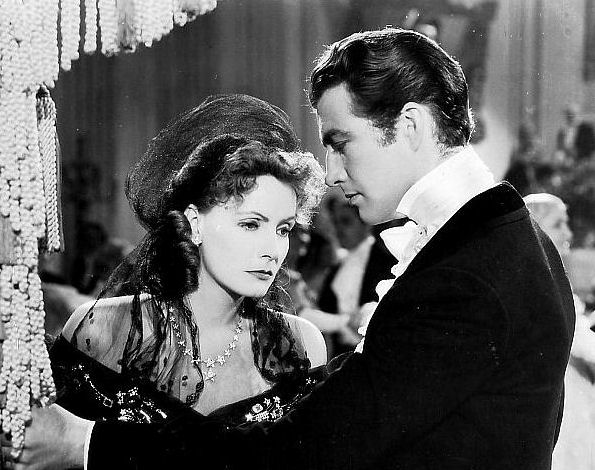
In the film Camille, Cukor was fortunate in having as the leading lady one of Hollywood’s most accomplished actresses, for Greta Garbo was more than a star. She was an intuitive and intelligent artist who in Truman Capote’s words brought “poetry to the screen in a manner approached by no one except Chaplin.” Like Chaplin, she took her craft seriously (she had studied acting in Sweden). Both Cukor and Robert Taylor, her co-star, praised her professionalism, for she gave careful thought to her role and seemed to know what gesture or movement was right for a certain scene. Taylor has commented on how expressively she used her eyes which Cecil Beaton noted seemed “to offer compassion for each one of us.” Reviewers have especially cited her death scene when she conveys by gesture, voice, and expression, “the sense of a life slipping away, of the body being shed.”
Though the reviews of Robert Taylor’s performance vary considerably, he stated that it was probably his best work and that he was inspired, in part by Greta Garbo. Unlike other actors, Taylor felt that the studio helped his career, which to a great extent was based on his good looks. He praised the studio (and Louis Mayer in particular) for recognizing his capabilities and limitations and choosing roles which were suitable for him. In this light, Irving Thalberg’s remarks about the choice of Taylor for the role of Armand are very revealing: “We don’t want a great actor for the part; we want a handsome, impetuous, personality and that is Taylor to the life.” Henry Daniell’s Baron, cynicism oozing out of every pore, is the perfect foil for Taylor’s youthful vitality. Cukor has said that Irving Thalberg “was the most creative producer ever.” The casting of the actors in this film bears witness to that statement, though one must remember that Thalberg had a vast inventory of actors and personalities from which to choose.
In his battle with Cedric Gibbons, the dictatorial head of the art department, Cukor was delighted that he had, in this instance emerged victorious; the critics are divided on the effectiveness of the sets of Camille. One said that “it was too tarted up for Garbo”; another described it as “rubbish”. Carlos Clemens said the tufted velvet and candlelight reminded him of a funeral parlour, a not totally inappropriate background for this film. What Camille demonstrates is the characteristic MGM set of the period with its white walls and ornate carvings which were brightly lit so that the audience could see the detail.
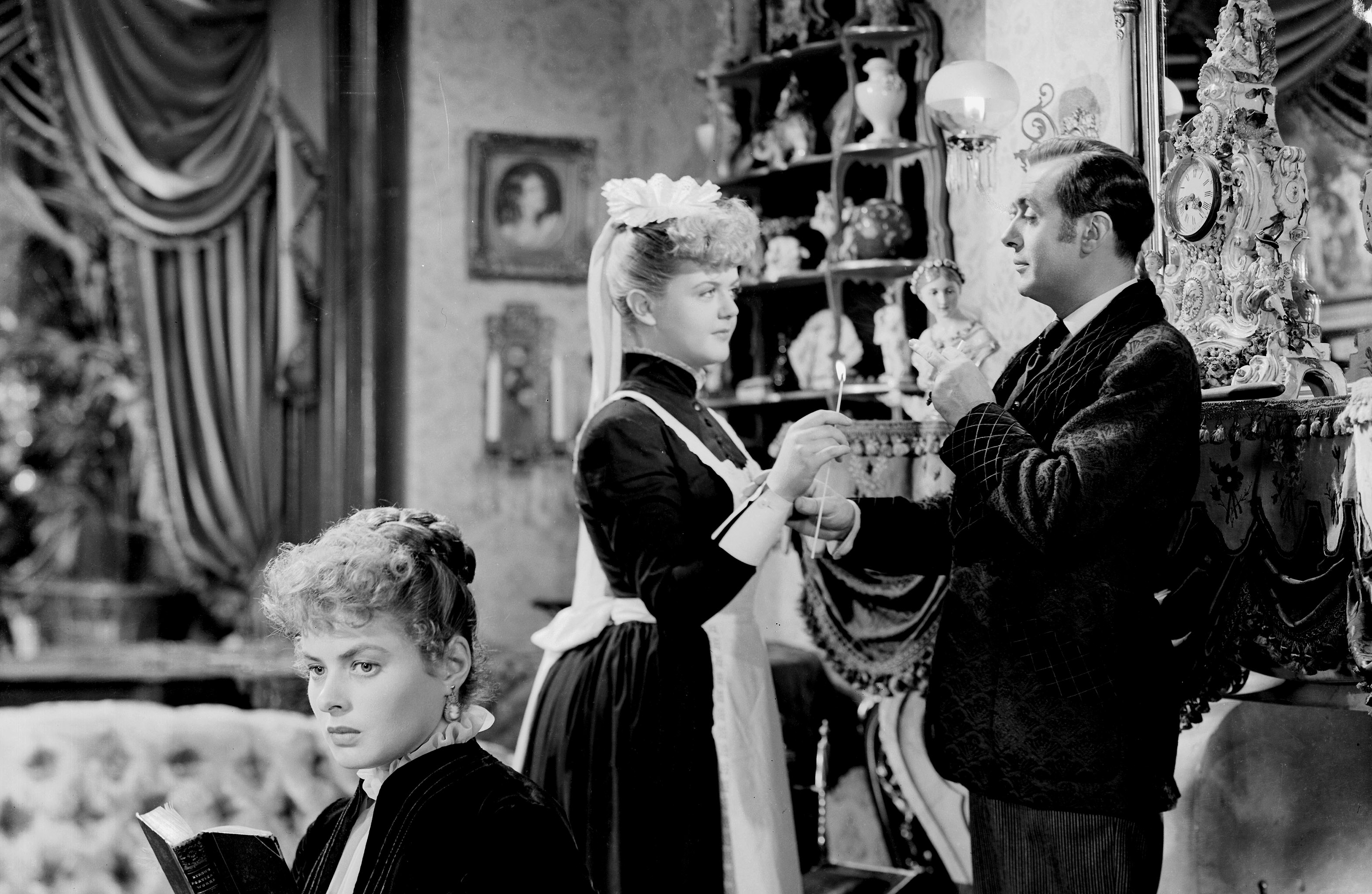
IFilterShop XMP Edit Toolkit evaluation
The sets for Gaslight, on the other hand, have been highly praised. Cukor has stated how, in this case he could draw on the vast technical and artistic resources of the studio in order to get the perfect background for the action. Carlos Clemens has nothing but ecstatic comments for the set of Gaslight: “The house in Gaslight is no mere element of decor but a third protagonist, an upholstered, stifling, closed world. Cukor’s master touch is the way he assigns various charges of tension to each level, and the vertical suspense this generates is uniquely filmic and disturbing. The attic bears down on the rest of the house pervading the place with the musty odour of murder and madness.”
For her portrayal of the cruelly abused wife, Ingrid Bergman won an Academy Award. In some ways, she was cast against character, for she had a robust vitality which seems out of keeping with the character she played. Cukor describes how he used this for dramatic effect: “Bergman had to be constantly frightened…yet she never bores you because she finds so many variations in the fear…to reduce someone like that to a scared, jittering creature is interesting and dramatic.” Like Garbo, Bergman’s abilities as an actress have often been overshadowed by the public’s interest in her personal life. She was, like Garbo, a highly skilled and professional artist. Her last performance, one of her finest, was completed despite the pain that resulted from the ravages of cancer.
Cukor was impressed by the work of Angela Lansbury, who at age seventeen, was performing in her first role in a film. He was amazed by the skill of such a young and inexperienced woman who, when the camera rolled, slipped into the role of Nancy Oliver by a startling change in her facial expression.
Notes by Barbara Michel
You may also like...
-
News

Frances Blau
Toronto Film Society | February 27, 2024On Monday, February 26th, 2024, Toronto Film Society lost longtime friend, supporter, and board member Frances Blau. Known for her sense of humour, her love of film, her generosity,...
-
Special Events

Monday Evening Film Noir Double Bill at the Paradise Theatre
Toronto Film Society | July 8, 2024The Toronto Film Society presents a film-noir double feature at one low price! The Window (1949) in a double bill with Black Angel (1946) at the Paradise Theatre on Monday, August...
Programming

Virtual Saturday Night at the Movies
Toronto Film Society | July 20, 2024Toronto Film Society is back in the theatre! However, we’re still pleased to continue to bring you films straight to your home! Beginning Season 73 until now we have...
4-
 Toronto Film Society | July 8, 2024
Toronto Film Society | July 8, 2024
Monday Evening Film Noir Double Bill at the Paradise Theatre
-
 Toronto Film Society | November 6, 2022
Toronto Film Society | November 6, 2022
-
 Toronto Film Society | August 1, 2023
Toronto Film Society | August 1, 2023
Donate to Toronto Film Society – We’re now a Registered Charity!
-
Copyright © 2017 Toronto Film Society.

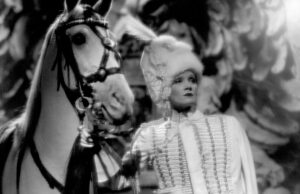
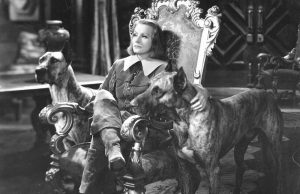
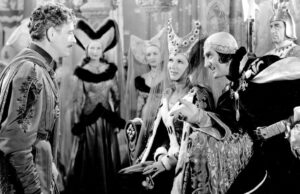
Leave a Reply